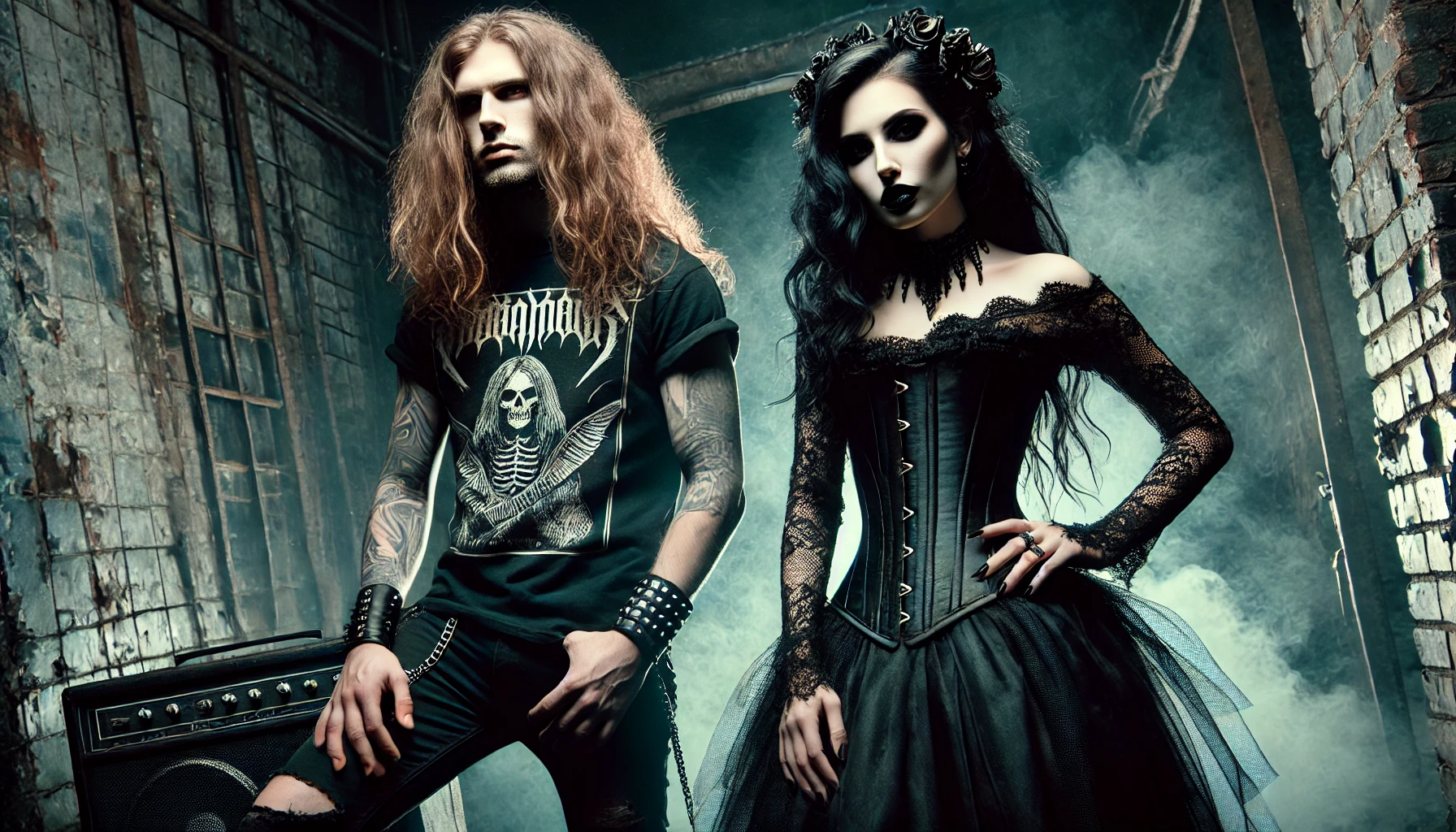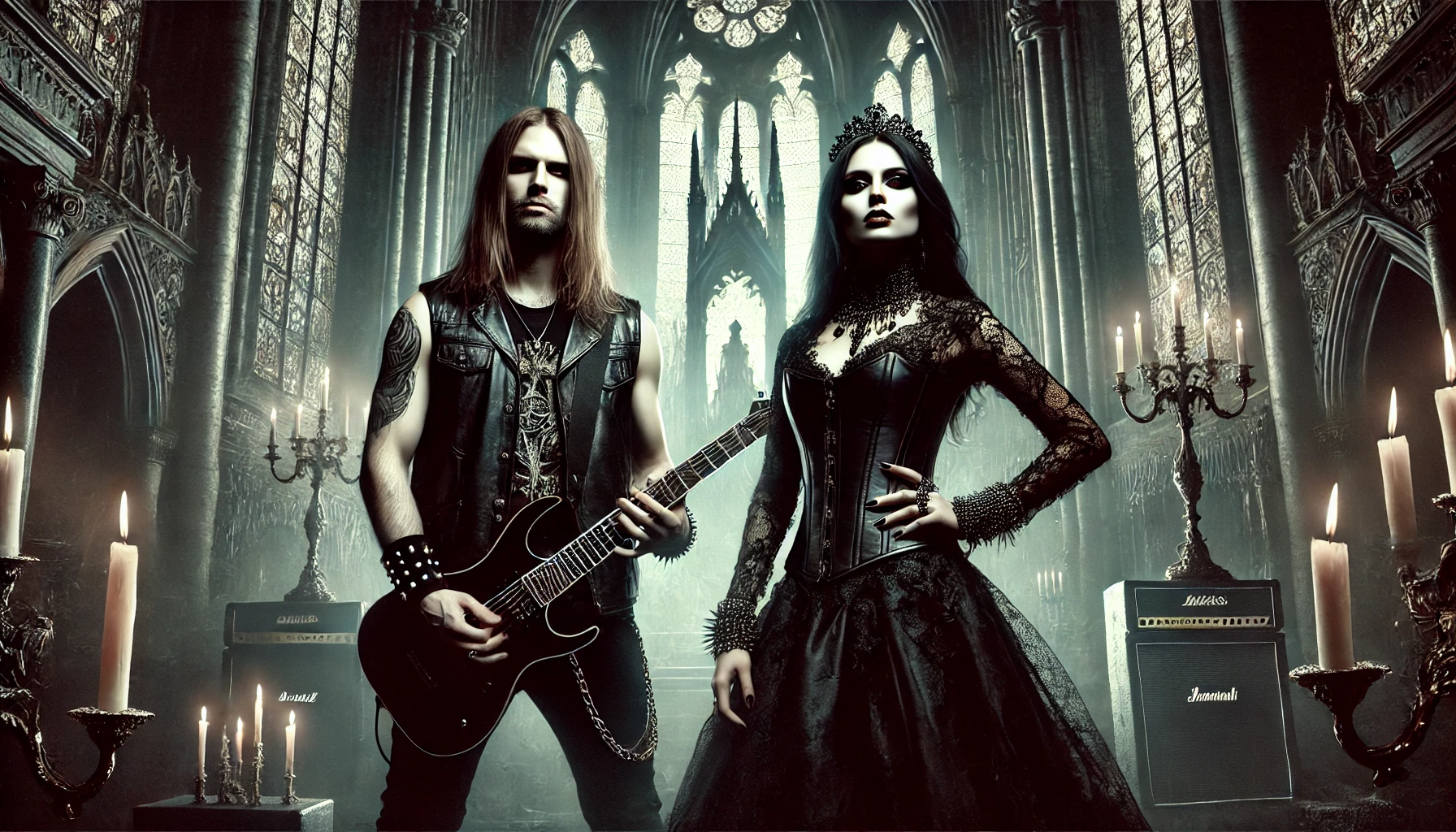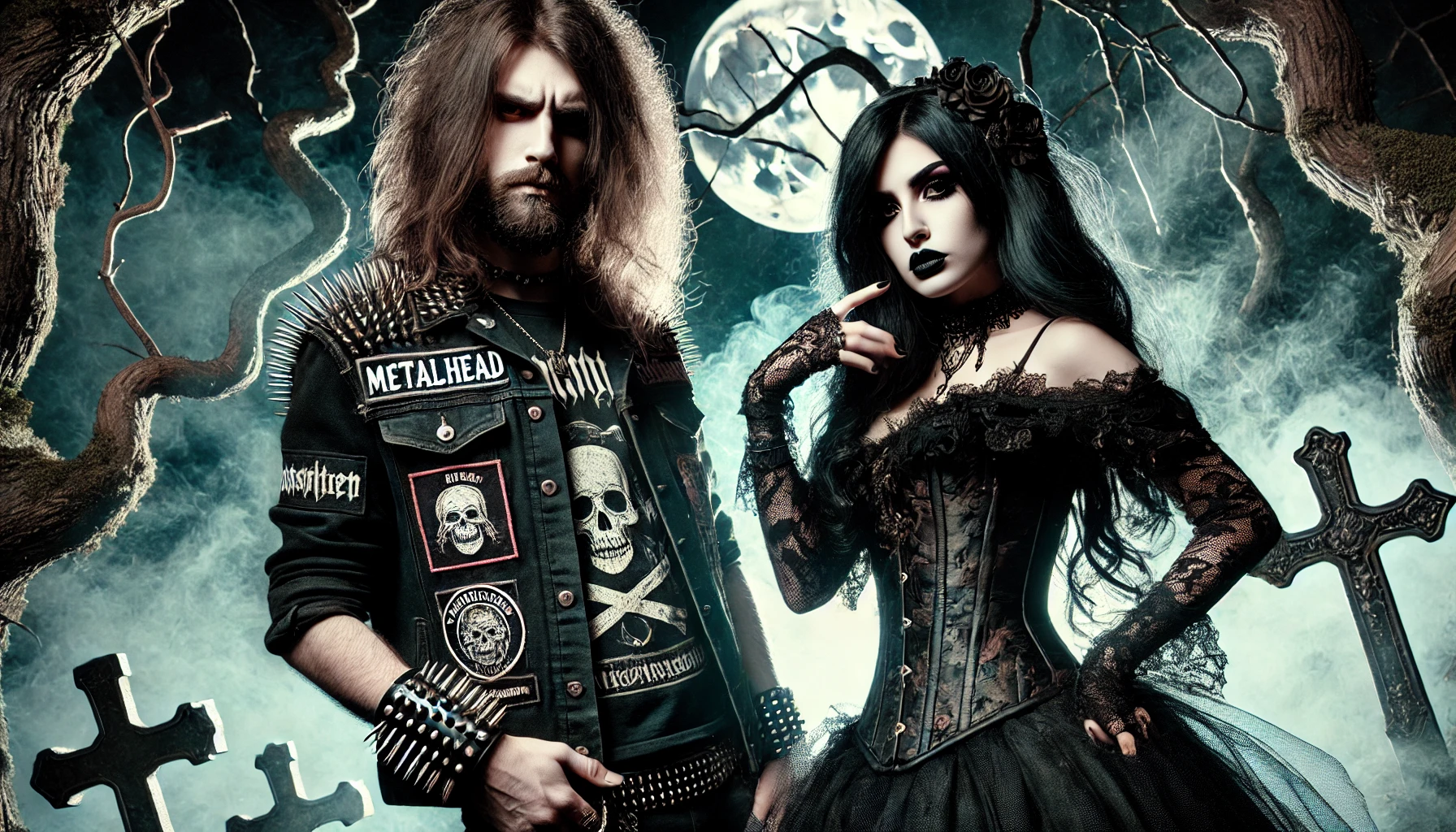When it comes to subcultures as potent and visually striking as metal and goth, the lines between cultural appropriation and cultural appreciation often blur like eyeliner in a mosh pit. These communities thrive on rebellion and self-expression, but they are not immune to the messy realities of cultural borrowing—sometimes respectful, often exploitative. Let’s dig deep and examine this head-on, because if there’s anything these scenes hate, it’s hypocrisy.
Cultural Appropriation vs. Cultural Appreciation in Metal and Goth: What Is Cultural Appropriation in Metal and Goth?
Cultural appropriation occurs when elements of one culture—often marginalized or oppressed—are taken and used by another, typically dominant, culture without proper respect, acknowledgment, or understanding. It’s the bastardization of sacred symbols, the reduction of deeply rooted traditions into costume pieces for an aesthetic thrill. In the metal and goth scenes, cultural appropriation rears its head in various forms: exoticized fashion choices, misused religious symbols, and superficial dalliances with cultural markers that carry historical weight.
Take, for instance, the rampant misuse of indigenous war paint by black metal bands or the fetishization of Asian iconography in goth fashion. These acts are often passed off as edgy or artistic, but in reality, they’re stripping away the context and meaning of these cultural elements to serve a shallow purpose.

The Fine Line: Appreciation or Appropriation?
The eternal defense is always, “But I’m appreciating it!” And sure, there’s room for genuine appreciation. Metal and goth are global movements, and they’ve absorbed influences from every corner of the planet—a testament to their universal resonance. But appreciation demands effort: research, understanding, and respect for the origins of the symbols or styles you’re borrowing. It’s not enough to slap on a bindi or drape yourself in kimonos because it “looks cool” under UV lighting.
Bands like Sepultura, for example, have navigated this divide carefully. Their embrace of Brazilian indigenous culture is rooted in genuine respect and connection to their heritage. Compare that to a band like Heilung, which draws from Norse and other ancient European traditions but ensures authenticity through meticulous research and cultural engagement. These are examples of appreciation done right. The same can’t be said for the guy at a goth club wearing a Native American headdress he bought at Spirit Halloween.
Metal and Goth’s Dirty Secret: Exoticism as a Selling Point
Here’s the bitter pill: both metal and goth have leaned on exoticism to market themselves. The aesthetics of “the other” have always been a tool to enhance mystery, danger, and allure. Think of the Egyptian motifs in Iron Maiden’s “Powerslave” era or the romanticized depictions of Romani culture in goth imagery. This isn’t always done with malicious intent, but intent isn’t the point. The impact matters more, and the impact often involves perpetuating stereotypes.
To make matters worse, calling out these issues in the scene can feel like screaming into the void. Metalheads and goths are notoriously defensive about their spaces. “We’re the outsiders,” they say, as if being an outsider exempts you from perpetuating harm. News flash: being edgy doesn’t grant immunity from criticism.

Why Does This Conversation Matter Now?
In an age where cultural appropriation is finally being recognized as a problem in mainstream culture, the metal and goth communities can no longer hide behind the veil of countercultural immunity. These subcultures are not separate from the larger societal framework; they’re microcosms that reflect the same issues of privilege, ignorance, and exploitation.
Look at the rise of TikTok goths and Instagram metalheads. The influx of newcomers—some genuine, some trend-chasers—has brought these issues to the forefront. Suddenly, that gothic Lolita outfit or the use of Hindu religious symbols in a music video isn’t just an edgy choice; it’s a conversation starter, whether you like it or not.
How to Avoid Cultural Appropriation in Metal and Goth
- Do Your Homework: Before incorporating a cultural element into your style or music, understand its significance. Research its history, context, and meaning.
- Respect, Don’t Reduce: If you can’t explain the meaning behind the symbols or elements you’re using, you probably shouldn’t be using them.
- Amplify Marginalized Voices: Support bands and creators from the cultures you admire. If you’re into traditional Japanese aesthetics, for example, why not promote Japanese metal bands like Sigh?
- Listen and Learn: If someone calls you out, don’t default to defensiveness. Take it as an opportunity to grow.

The Role of Gatekeeping (Yes, Gatekeeping)
Cultural Appropriation vs. Cultural Appreciation in Metal and Goth: Let’s end with something divisive: gatekeeping. While often demonized, gatekeeping can serve a purpose when done ethically. If you see someone perpetuating cultural appropriation, call it out. Not every critique is an attack; sometimes, it’s a wake-up call.
Metal and goth are about more than aesthetics; they’re about meaning, history, and connection. Letting these subcultures devolve into hollow caricatures is a disservice to everything they stand for.
So, where do we draw the line? That’s up to the community to decide. What’s clear is that we can’t keep pretending this isn’t an issue. If metal and goth truly want to be the bastions of authenticity they claim to be, it’s time to clean house.
Check out more thought-provoking content on home page and connect with me across all social media platforms at this link. Let’s keep this conversation alive—or start a riot, whichever comes first.




